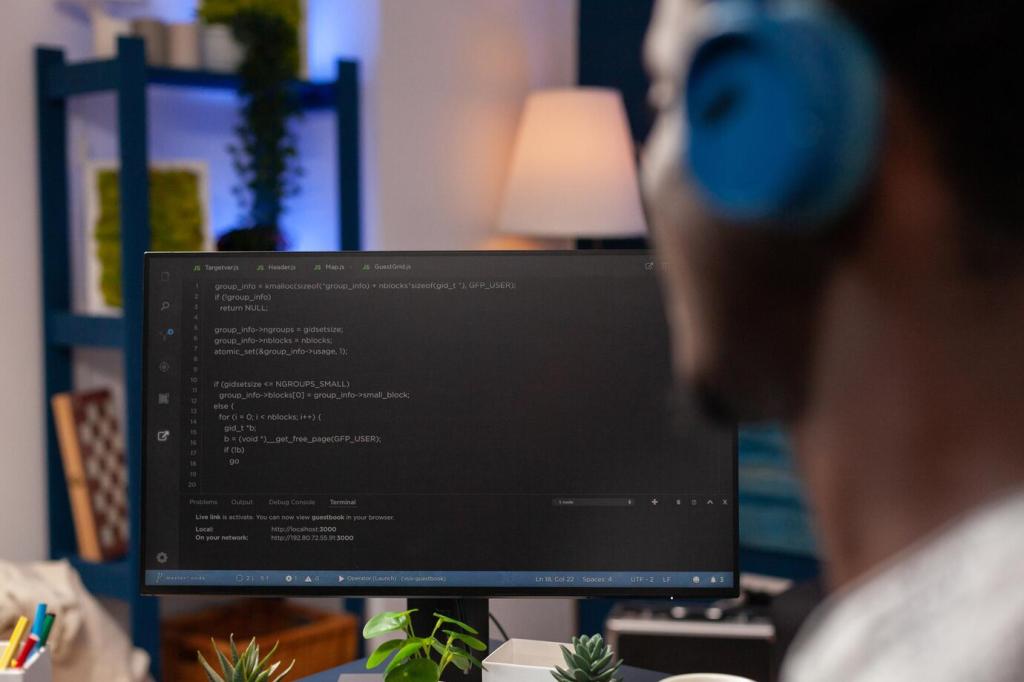Cross-Platform Frameworks for IoT Apps
Flutter’s expressive UI shines in device dashboards. Use flutter_blue_plus for BLE, mqtt_client for messaging, and community packages emerging around Matter for onboarding and control. Keep platform channels ready for advanced native features like background scanning or secure storage, which often require platform-specific capabilities.
Cross-Platform Frameworks for IoT Apps
React Native’s ecosystem supports robust IoT flows with react-native-ble-plx for BLE and MQTT via lightweight bridges. Watch out for background execution, especially on iOS. A seasoned team I worked with used native modules for pairing and kept React for fast interface iterations, balancing speed with stability.
Cross-Platform Frameworks for IoT Apps
Kotlin Multiplatform lets you share networking, domain models, and retry logic across Android and iOS while keeping native UIs. It shines when your app’s core logic is complex and must be identical on both platforms. Pair it with Ktor for networking and platform keystores for safe credential handling.
Cross-Platform Frameworks for IoT Apps
Lorem ipsum dolor sit amet, consectetur adipiscing elit. Ut elit tellus, luctus nec ullamcorper mattis, pulvinar dapibus leo.









